In October, young moviegoers across the country poured into theaters to witness six-foot-five Australian demigod Jacob Elordi take on his biggest role to date: a shadowy, controlling, and altogether brilliant depiction of Elvis Presley and his complicated legacy in director Sofia Coppola’s poignant PRISCILLA. Despite its lackluster showout at the box office, rapidfire word-of-mouth and a perfectly timed holiday streaming drop now have audiences raving about Elordi again: this time, for his portrayal of devastatingly handsome Y2K rich boy Felix, the character at the center of the Margot Robbie-produced black comedy thriller SALTBURN. Not a bad couple of months for a 26-year-old, right?
Elordi’s so-fast-it’ll-make-your-head-spin rise to the top has happened right before our very eyes. In just five years, he went from sleeping in his car in Los Angeles and almost quitting acting to playing TV’s resident social bloodsucker Nate Jacobs on HBO’s smash hit EUPHORIA, a show that’s kick-started the careers of so many young stars that it’s sure to be remembered as this generation’s FREAKS AND GEEKS. Now, to top it all off, he’s garnering well-deserved awards buzz for his work in the aforementioned films while fresh off an SNL hosting stint. While Nate and Elvis can gaslight like no other, the box office success, accolades, and countless TikTok fancams don’t lie: 2023 has been the year of Jacob Elordi.
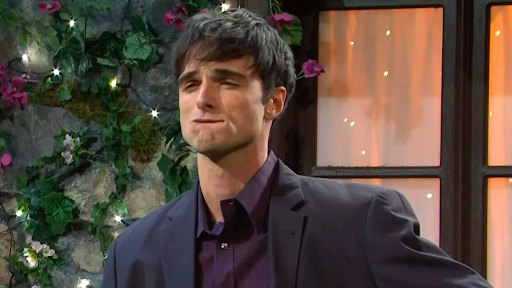
Before that, 2022 was the year of Keke Palmer and Paul Mescal. 2021 was the year of Timothée Chalamet, and, if you ask me, practically every year since 2019 has belonged to Zendaya. Still, any casual Letterboxd user will know that Film Twitter’s most loved (and hated) debate trends towards the discussion of the death of the movie star, but the success and sheer popularity of Gen-Z’s #favs begs an important question. If movie stars are dead, why are these ones alive?
If video killed the radio star, the 2010s could at least be tried for the manslaughter of Hollywood’s most beloved film heroes. Look, I remember being blown away by THE AVENGERS in the summer of 2012, and I’ll be the first to admit that I’m not above Marvel (odds are you aren’t either—the MCU’s whopping $29 billion and counting at the global box office didn’t just appear out of thin air, did it?). But Marvel’s decade-long dominance didn’t exactly create a nurturing environment for a new generation of A-list actors, since those that star in the studio’s movies tend to fall victim to a sense of corporate facelessness. For many, the first thought that pops into their head when they see the face of Chris Hemsworth isn’t his name. It’s usually something more along the lines of, “Oh, hey—that’s Thor!”
For Marvel’s actors, the millions in profit made and overnight swaths of adoring fans often come at a Faustian price: their character becomes more famous than them, while they are reduced to just another iteration in a long line that marches relentlessly onward. Meanwhile, during Hollywood’s Golden Age, audiences didn’t show up to watch Rooster Cogburn—they came to the theater to see John Wayne. However, in an era of hyper-growth capitalism, copyright is king. The total eclipse of the actor is something Daniel Radcliffe dealt with post HARRY POTTER, something that affected Elijah Wood following THE LORD OF THE RINGS. “‘No hard drugs and no superhero movies,’” Timothée Chalamet said when recounting the career advice Leonardo DiCaprio once gave him. Though Chalamet recently became the third iteration of whimsical cash cow Willy Wonka, he was a well-known actor prior to that role, sparing him from the same fate of his Marvel counterparts.
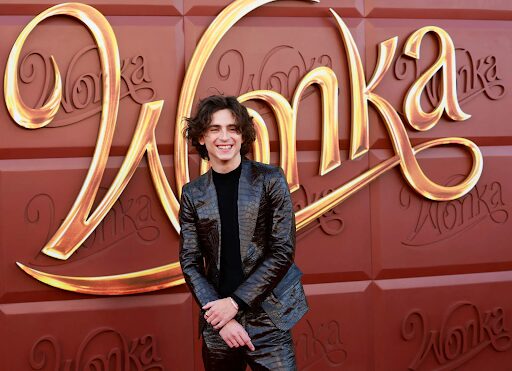
Aside from the Marvelization of Hollywood, the 2010s also proved to be a breeding ground for movements that shook faith in traditional establishments. Still reeling from the Great Recession and Occupy Wall Street, movements like #MeToo and the fallout from the United States’ chaotic 2016 presidential election made the decade a bad time to be seen as The Man. Celebrity worship was replaced with celebrity distrust and a frequent reevaluation of the types of people society elevates into positions of power. In the severely fragmented social structure of The United States where everyone has a different idea of what that should look like, would-be movie stars of yesteryear’s monoculture were missing in action.
So with all that said: Why are Gen Z’s movie stars thriving? One possibility is the lasting impact of Tumblr. stan culture. Aside from good looks and great acting, one thing stars like Elordi, Chalamet, and Zendaya share are passionate stanbases determined to bolster the success of their chosen favs. While the faces of these young actors may not be as familiar with older generations, one has to look no further than the endless parade of content related to each on under-40-dominated platforms like TikTok and Instagram. Largely absent from the scandals and abuse allegations that plagued the generation of stars before them (and assisted by hyper-personalized algorithms that constantly push their faces to fans), Gen Z’s most popular actors continue to beat trend cycles and capture the hearts, attention, and wallets of the internet generation. And though social media outlets may share overlapping demographics with gone-too-soon teen magazines of yesteryear like Tiger Beat, the fact that content on platforms like TikTok is largely fan-controlled pushes the concept of celebrity to heights previously unseen.
Aside from the John Stockton-like assists of modern social media algorithms making these stars appear to be everywhere all at once—they also kind of are. Not convinced? One has to look no further than criminal justice lawyer-slash-businesswoman-slash-television star-slash-2036 presidential nominee Kim Kardashian (I’m calling it now) to get the picture. In a late capitalist economy driven by nonstop vying for clicks, it’s not enough to just do one thing anymore, and celebrities (actors included) aren’t exempt from that.

For generations, actors have talked about the countless childhood hours spent practicing their future Oscar acceptance speeches. Now, it’s not just the golden statue that you win today, but the humanitarian movement you help lead tomorrow; that ensures the continued relevance of young Hollywood. For many people, success in today’s world is often measured in one’s ability to wear many hats—and tie them together under one exceptionally marketed personal brand. Big name Gen Z film stars like Zendaya and Elordi, though fewer and far between than previous generations, are present everywhere from silver screens to protest marches to charismatic interviews over beds of hot wings, making their presence all but inescapable.
So, yes, the movie star as we know it might be dead, but maybe it only died to make way for a new idea, that of the Renaissance Champ, of the fame chameleon that manages to blend into and succeed in every sphere it chooses to step foot in, whether that’s film, music, fashion, business, or politics. In this brave new world, many people no longer have the option to just be one thing for the rest of their lives, whether they like it or not. The ever-increasing speed of the hypercapitalism treadmill means a star like Elordi will never fit into the mold of a Clark Gable or Marilyn Monroe, and maybe that’s kind of the point. I’d defend my take more, but alas—there’s a Timothée Chalamet-designed Nike Dunk, RED DEAD REDEMPTION 2 red carpet interview, and GQ cover shoot calling me by my name.




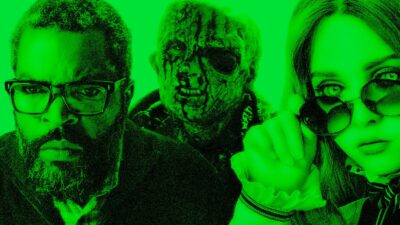
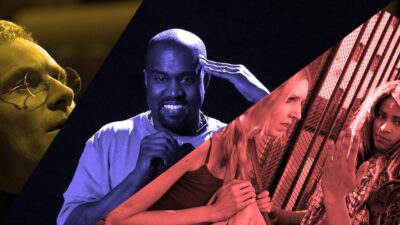





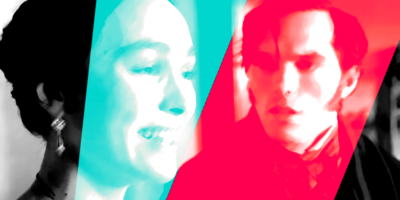




Comments